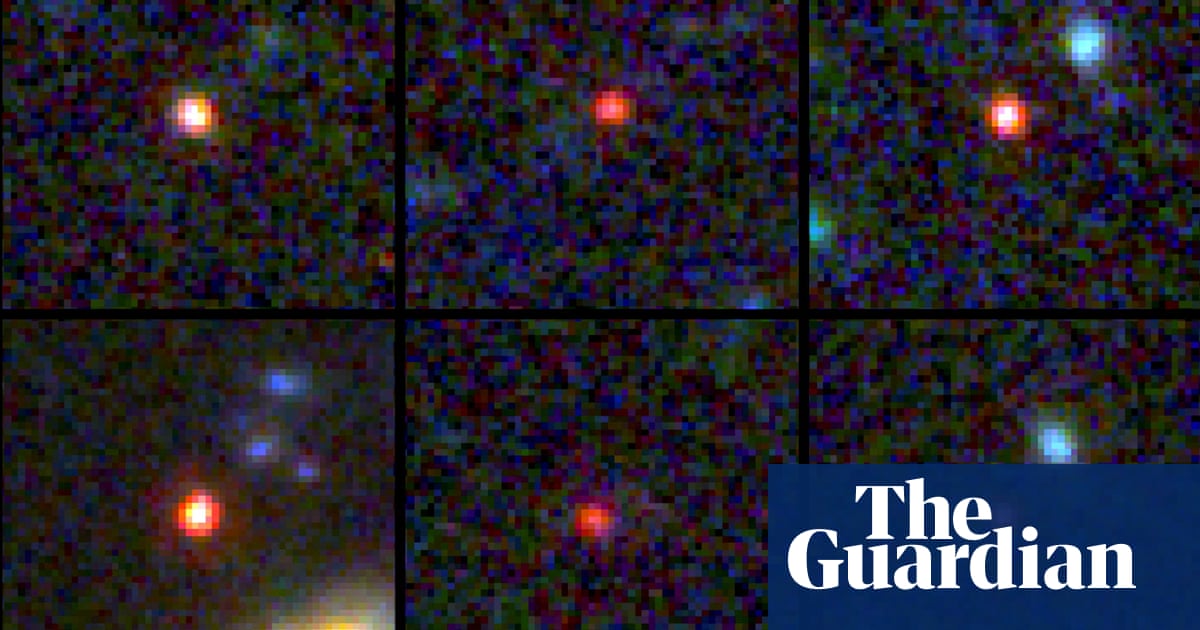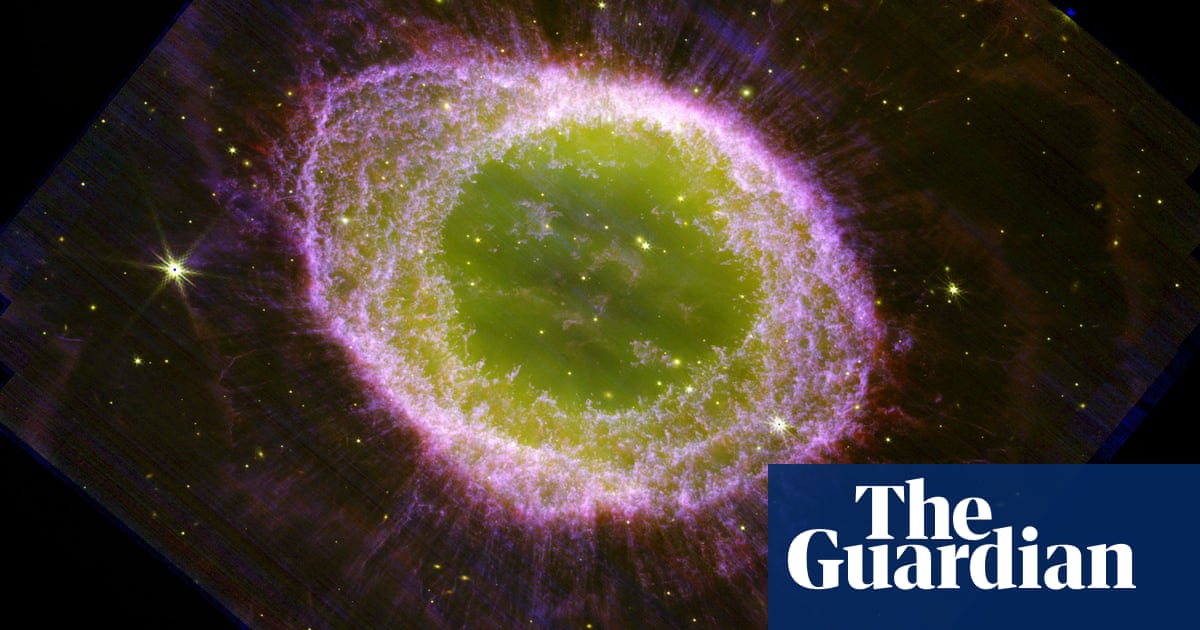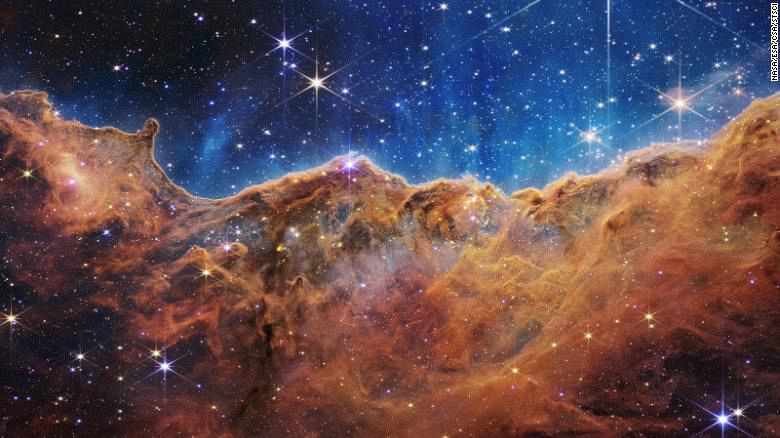
The James Webb space telescope has detected what appear to be six massive ancient galaxies, which astronomers are calling “universe breakers” because their existence could upend current theories of cosmology.
The objects date to a time when the universe was just 3% of its current age and are far larger than was presumed possible for galaxies so early after the big bang. If confirmed, the findings would call into question scientists’ understanding of how the earliest galaxies formed.
“These objects are way more massive than anyone expected,” said Joel Leja, an assistant professor of astronomy and astrophysics at Penn State University and a study co-author. “We expected only to find tiny, young, baby galaxies at this point in time, but we’ve discovered galaxies as mature as our own in what was previously understood to be the dawn of the universe.”
The observations come from the first dataset released from Nasa’s James Webb space telescope, which is equipped with infrared-sensing instruments capable of detecting light emitted by the most ancient stars and galaxies. While sifting through images, Dr Erica Nelson, of the University of Colorado Boulder, and a co-author, spotted a series of “fuzzy dots” that appeared unusually bright and unusually red.
Redness in astronomy is a proxy for age, because as light travels across the expanding universe it is stretched out, or red-shifted. These galaxies appeared to be roughly 13.5bn years old, placing them about 500m-700m years after the big bang.
These would not be the oldest galaxies observed by James Webb, which launched in December 2021. Last year, scientists spotted four galaxies that date to about 350m years after the big bang, but these were far smaller. Calculations suggest the latest galaxies harboured tens to hundreds of billions of sun-sized stars’ worth of mass, putting them on par with the Milky Way.
“It’s bananas,” said Nelson. “These galaxies should not have had time to form.”
Explaining the existence of such massive galaxies close to the dawn of time would require scientists to revisit either some basic rules of cosmology or the understanding of how the first galaxies were seeded from small clouds of stars and dust.
“It turns out we found something so unexpected it actually creates problems for science,” said Leja. “It calls the whole picture of early galaxy formation into question.”
Existing models suggest that after a period of rapid expansion, the universe spent a few hundred million years cooling down enough for gas to coalesce and collapse into the first stars and galaxies began to form, a period known as the dark ages.
“The discovery of such massive galaxies so soon after the big bang suggests that the dark ages may not have been so dark after all, and that the universe may have been awash with star formation far earlier than we thought,” said Dr Emma Chapman, an astrophysicist at the University of Nottingham, who was not involved in the latest observations.
Chapman said that further observations would be required to confirm the discovery before existing models could be abandoned. “Saying that, with the pace that JWST has been upturning theories and revolutionising whole fields, it wouldn’t surprise me if it were true!” she added.
The team are planning to obtain spectrum images, which can provide more accurate distance information and allow better estimates of mass. “A spectrum will immediately tell us whether or not these things are real,” Leja said.












